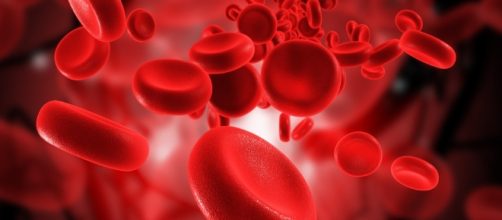A scientist at the University of Central Florida has invented a way to monitor blood status during surgery using ''light beams'', providing a critical step in life-death surgeries.
The invention was introduced by professor Aristide Dogariu in a research paper titled ''Real-time intraoperative monitoring of blood coagulability via coherence-gated light scattering,'' which was published in the scientific journal ''Nature.''
Optical blood test
The new idea depends on Optical Fibers, which are flexible fibers that are used to transmit light for specific distances.
These fibers will send light beams into the patient's blood and when the light behavior is measured the measurement could give us a description of the blood status. Scientists believe that such a technique could be life-saving. Using light in blood tests and medical surgeries is an innovative and creative technique that has never been used before.
"I absolutely see the technique having potential in the intensive care setting, where it can be part of saving the lives of critically ill patients with all kinds of other disorders," said Dr. William DeCampli
Saving blood from 'clotting'
During long surgeries, doctors use a ''heart-lung'' machine to circulate the blood of the patient, but during this time, the blood could make large ''clots'' that could be life threatening to the patient, so the doctors must test the blood every 10-15 minutes to make sure that no clots will be formed.
The Blood Test takes a long time to be done, so doctors needed a faster blood test that would save time, especially during surgeries that take a long time.
Now a ''heart-lung'' machine was invented that has optical fibers across its tubes. When blood passes through the tube, the optical fibers send a light beam toward the blood to check how rapidly it vibrates. If the blood is vibrating rapidly then the patient is safe, if its not vibrating there is a chance that a clot could be formed.
Saving more lives
Ordinary blood tests take a long time and this could threaten the lives of many people, but this new technique does the blood test almost instantly and saves a lot of time.
"It provides continuous feedback for the surgeon to make a decision on medication," said Dogariu "That is what's new.
Continuous, real-time monitoring is not available today. That is what our machine does, and in surgeries that can last for hours, this information can be critical."
The technique has been already tested on children with success, and it is predicted to be more common during surgeries in the very near future.

